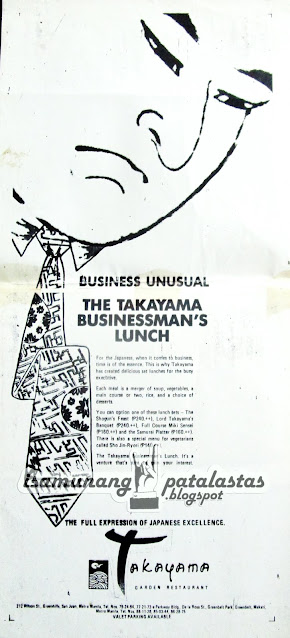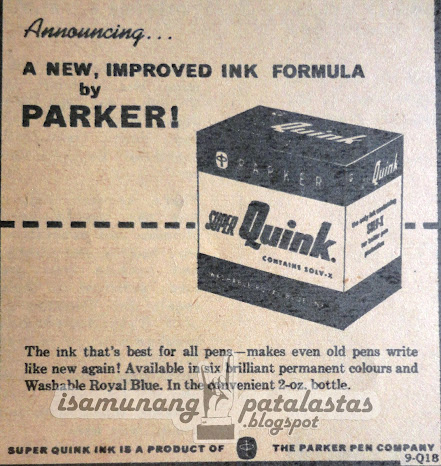 |
| 2 BOWLS AND A MARBLE. Photoboard of the "I Can Serve" TVC, July 1922 |
Kara Magsanoc-Alikpala, a breast cancer survivor, is the Founder and President of I Can Serve Foundation Inc. (ICS) Its mission is to arm women with breast care health and breast cancer information so they can make informed decisions about their health. It also provides access to special services that will help the breast cancer survivor recover and heal more effectively.
Jimenez D’Arcy (the future PublicisJimenez Basic) partnered with her foundation, to create its promotional materials for its programs, pro bono. PJB Co-CEO Ramon Jimenez Jr. (+), who was a close relative of Kara (her mother Letty Jimenez-Magsanoc was a cousin), would assign ICS projects to all his creative teams so they would get a chance to work with “more creative clients”—as Alikpala was cut from the same creative cloth—she was also a broadcast journalist, documentarian, producer, and foreign media correspondent.
 |
| Some of the promotional materials done by Jimenez D'Arcy for ICS |
In July 2002, ICS rolled out its breast cancer education
program with a low budget, 15 sec. commercial conceived by the creative team of
Jenny Lao and Raoul Panes.
The short but stunning commercial entitled “Bowls”, used a simple parallelism story to send its important message: To have your breasts checked so you can stop guessing stop guessing and worrying about cancer. The spot won an ‘Ad of the Month’ citation and was entered in international ad competitions and showcases worldwide. The Creative Team went on to achieve bigger things: Jenny Lao, now married her cinematographer Jessie Pastor, became a sought after film director for commercials, while Raoul Panes went on to become the Chief Creative Office or Publicis Groupe-Leo Burnett).
CREDITS:
AGENCY: JIMENEZ D'ARCY
CLIENT: I Can Serve
CREATIVES: Jennifer Lao, Raoul Panes
AGENCY PRODUCER: Paul Suarez
PRODUCTION HOUSE: FILMEX
EEXC. PRODUCER: Ginny Vizcarra
DIRECTOR: Jennifer Lao
CINEMATOGRAPHER: Jessie Pastor
SOURCES:
I Can Serve FB Page
4 As Philippines youtube channnel













